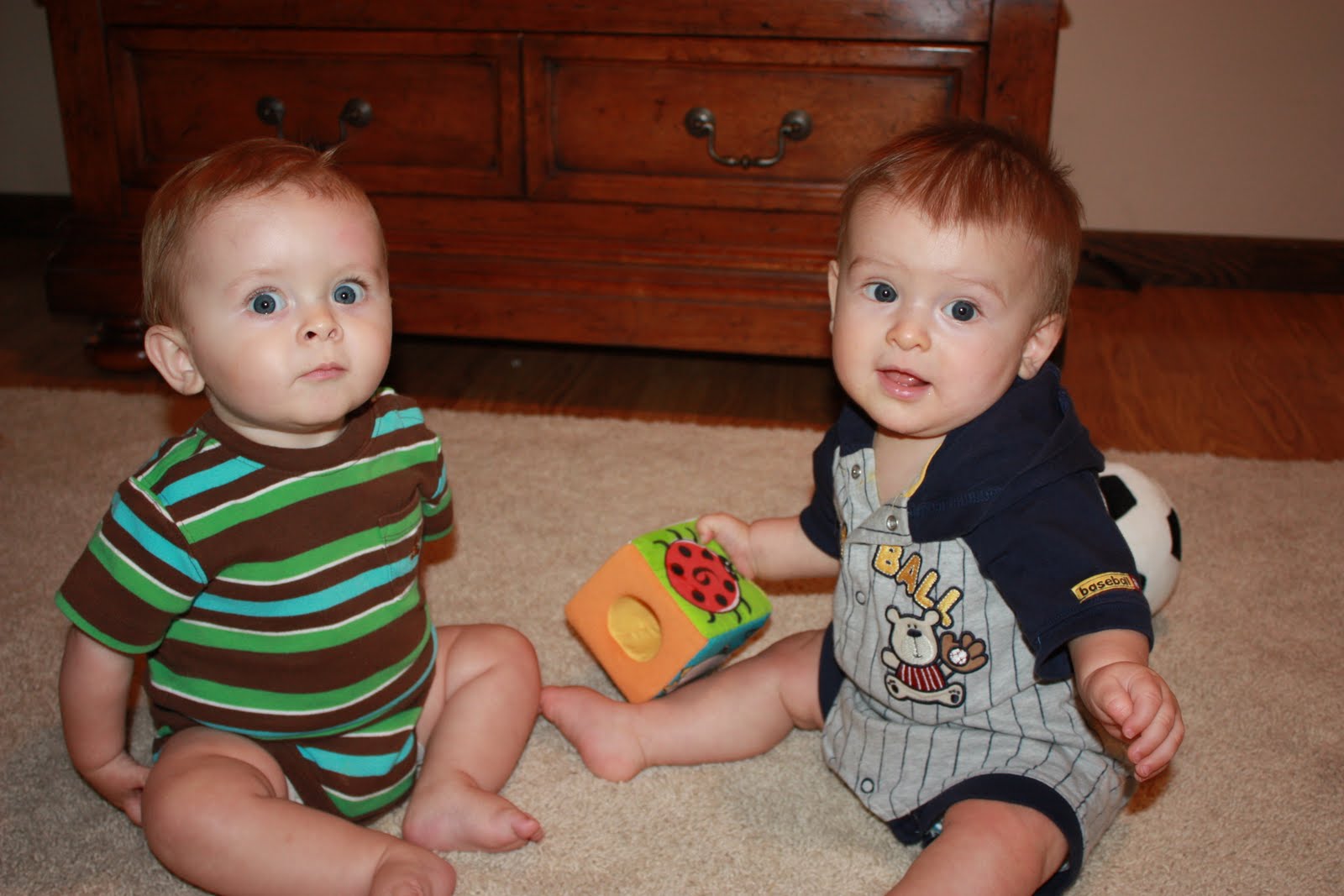Autism Spectrum Disorder: Progress Toward Earlier Diagnosis
by Dr. Francis Collins

Research shows that the roots of autism spectrum disorder (ASD) generally start early—most likely in the womb. That’s one more reason, on top of a large number of epidemiological studies, why current claims about the role of vaccines in causing autism can’t be right. But how early is ASD detectable? It’s a critical question, since early intervention has been shown to help limit the effects of autism. The problem is there’s currently no reliable way to detect ASD until around 18–24 months, when the social deficits and repetitive behaviors associated with the condition begin to appear.
Several months ago, an NIH-funded team offered promising evidence that it may be possible to detect ASD in high-risk 1-year-olds by shifting attention from how kids act to how their brains have grown [1]. Now, new evidence from that same team suggests that neurological signs of ASD might be detectable even earlier.
That evidence comes from a study of children at high risk of ASD, who as babies underwent specialized brain scans while asleep to measure connectivity between different regions of the brain [2]. Using a sophisticated computer algorithm to analyze the scans, researchers could predict accurately which infants would receive a diagnosis of ASD 18 months later—and which would not. While the results need to be confirmed in larger groups of babies, these findings suggest that neuroimaging may be a valuable tool for early detection of ASD.
In the new study, researchers enrolled 59 babies who were 6 months old and had an older sibling diagnosed with ASD. That gave each a 20 percent chance of also developing the condition. The team, including Robert Emerson and Joseph Piven at the University of North Carolina at Chapel Hill and John Pruett at Washington University School of Medicine, St. Louis, then performed brain scans of each infant while napping, using functional magnetic resonance imaging (fMRI). That’s an imaging technique specially designed to measure neural activity.
With the scans in hand, the team created maps that, like a wiring diagram, showed the interconnections between 230 defined brain regions. All told, the researchers mapped out 26,335 brain connections spanning the entire brain.
Eighteen months later, the now-2 year-olds returned for a follow-up visit, where they underwent a series of cognitive, behavioral, and diagnostic assessments. Eleven of the 59 toddlers were determined to have ASD, or just over the predicted 20 percent.
The researchers wondered whether they could find clues as to those outcomes in the children’s brain connectivity maps. In an exciting sign of research progress, they could. Of the 26,335 functional brain connections measured at age 6 months, the researchers identified 974 that were related to the later development of ASD.
But were those differences enough to accurately predict which kids would develop ASD? To get the answer, the researchers used a special algorithm to allow a standard computer to process the original brain scans and “train” itself to distinguish between kids with ASD and those without. As part of this machine-learning process, the computer held out one baby’s scan at a time and then attempted to predict, based on the connectivity data for the other 58 children, whether or not that infant had ASD.
For 9 of the 11 babies who developed ASD, the computer predicted correctly. Based on data from just one brain scan at 6 months of age, that’s pretty extraordinary. Better yet, the computer never mistook a normally developing infant for one who developed ASD.
The researchers will now try to confirm their findings in larger groups of children. But they already have provided proof of principle that it’s possible to detect ASD long before children show the first visible signs of the condition. The findings could pave the way for developing more cost-effective mobile neuroimaging tools, which might be used in early ASD screening.
For those parents who still find themselves worrying about a possible connection between ASD and vaccines, despite study after study showing there’s no link, these new findings come as further reassurance. The biological foundations for ASD are present in the brains of children who will develop ASD-related behaviors from very early in life. The best way to keep all kids healthy and protected is to have them vaccinated on schedule.
References:
[1] Early brain development in infants at high risk for autism spectrum disorder. Hazlett HC, Gu H, Munsell BC, Kim SH, Styner M, Wolff JJ, Elison JT, Swanson MR, Zhu H, Botteron KN, Collins DL, Constantino JN, Dager SR, Estes AM, Evans AC, Fonov VS, Gerig G, Kostopoulos P, McKinstry RC, Pandey J, Paterson S, Pruett JR, Schultz RT, Shaw DW, Zwaigenbaum L, Piven J; IBIS Network; Clinical Sites; Data Coordinating Center; Image Processing Core; Statistical Analysis.Nature. 2017 Feb 15;542(7641):348-351.
[2] Functional neuroimaging of high-risk 6-month-old infants predicts a diagnosis of autism at 24 months of age. Emerson RW, Adams C, Nishino T, Hazlett HC, Wolff JJ, Zwaigenbaum L, Constantino JN, Shen MD, Swanson MR, Elison JT, Kandala S, Estes AM, Botteron KN, Collins L, Dager SR, Evans AC, Gerig G, Gu H, McKinstry RC, Paterson S, Schultz RT, Styner M; IBIS Network, Schlaggar BL, Pruett JR Jr, Piven J. Sci Transl Med. 2017 Jun 7;9(393).
Brain Scans Show Early Signs of Autism Spectrum Disorder by Dr. Francis Collins
Preschool Language Disorders by The American Speech-Language-Hearing Association (ASHA)
Learning Disabilities by The American Speech-Language-Hearing Association (ASHA)
Suicide in Children and Teens by TeensHealth!
Visual-Spatial Processing: What You Need to Know By Kate Kelly
Anxiety Disorders by KidsHealth